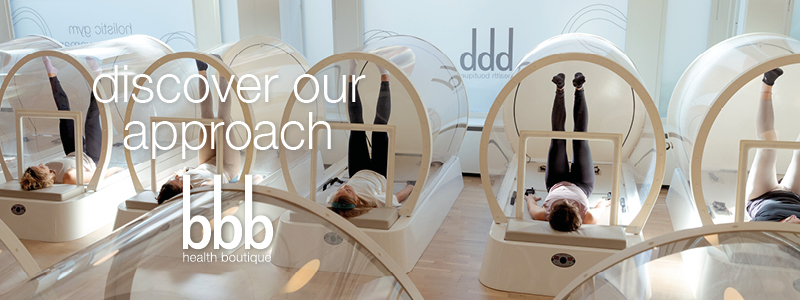meditation
what meditation is actually good forMeditation is becoming more and more present in our western society. In earlier times you would only come across it in a spiritual or religious context. These days, however, you can be confronted with it in the world of health, wellness and (spiritual) wellbeing. With meditation, the first thing you often think about is relaxation, emptying your mind and thinking of nothing. This can feel wonderful but meditation can mean more than just relaxing.
Looking at thoughts
Meditation in the form of looking at your thoughts can offer you much more than only relaxation. Through looking at your thoughts, you can separate yourself more easily from negative images of yourself, habitual patterns and habitual behaviour. You develop clarity and love for yourself through looking at what is present in your head without judgement. Instead of being controlled and dragged along by your thoughts and habits, you can develop the skills to simply look at what you think and do. This doesn’t mean that you cannot have negative thoughts, fret about things or lapse back into old patterns. The only thing that changes is that you are the friendly and interested observer of what is present.
How do you look at thoughts?
Thoughts are more than just words in your head. They have a place, a form (voice, words, pictures) and movement. Where does the thought find itself, where does it originate from, is it a voice, a picture, how do I know that I think? Instead of sitting in the train, you are standing on the platform looking with interest at what train is passing.
Making room for emotions
As well as being controlled by your thoughts we have often been taught to avoid emotions. We please, eat, work, shop, dominate and cheer ourselves up endlessly to avoid having to feel negative emotions. But actually, the more we refuse to acknowledge an emotion, the bigger the pressure becomes. It’s like squeezing a garden hose shut. By allowing, in a friendly and inquisitive way, space for emotions, the emotion can be regulated and you don’t need to use those uncomfortable avoidance strategies.
Exercise
1. Sit on a chair or meditation cushion. Lengthen yourself from your tailbone to your crown. Focus on an object in front of you or on the ground. Soften your gaze. Keep your eyes open during the whole exercise.
2. Try not to force yourself to gain something. Look at what is present in a friendly and inquisitive manner. Like a friendly researcher who is interested in what, where and how thoughts and emotions appear.
3. To help you stay present you can focus your attention lightly on your breathing.
4. Of course, you will probably be drawn into memories or your to-do list. The moment that you realise this, you are back to being aware so this is a lovely moment of realisation. You return, inquisitively, back to your observer role.
Guided meditations
In the beginning it can be difficult to sit and look at your thoughts. Luckily there are hundreds of apps which offer guided meditations that can help you. Such as Headspace, Calm of Stop, breath & think and Insight Timer.
Too tired to meditate? There are also meditations lying down and bodyscans that you can do in bed.
No time to meditate?Look at the 3 minute meditations on Insight Timer. Even 3 minutes a day can offer peace and clarity.
